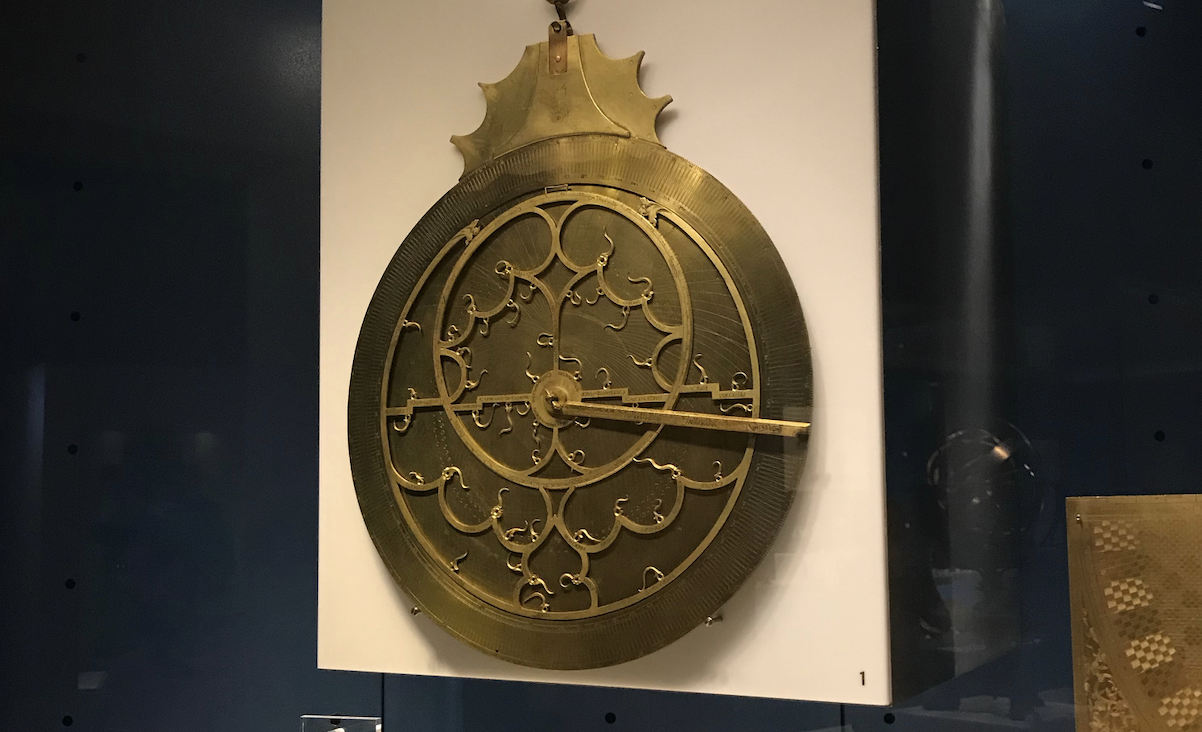The world is inherently structured. Our models should learn representations which reflect that.
Research
Broadly, graph structured machine learning is a suite of approaches for imbuing models with relational inductive biases. Inductive biases are just what allow learning algorithms to prioritize one representation over another, and relational inductive biases encourage models to represent their environment as sets of entities and relations (also called graphs). Practically, these types of structured representations reduce sample complexity and tend to improve generalization. Existentially, they recognize that internal structure is the essence of the thing. Be they atoms, proteins, families or economies, it’s the relationships between their constituent parts that make them interesting and unique. As it happens, my wife solves the same kinds of problems, albeit from a different angle.

That swirling, metallic device is an astrolabe I found on display in Florence. Astrolabes were used as navigational tools before the invention of the sextant, and I share it here because astrolabes were probably the earliest predictive instruments to explicitly represent the structure of their problem domain (namely, spatiotemporal relationships between the earth and other celestial bodies) in their construction. Graph structured machine learning does the same thing, but can learn to represent domains with arbitrary structure.
Biography
Alongside a healthy population of machine learning researchers, my background is in physics. In undergrad, I conducted research on charge photogeneration and transfer in organic semiconductors under the supervision of Oksana Ostroverkhova. You can see some of our work here.
While completing a Masters in Applied Optical Physics, I designed 3D printed gradient index phase masks for optical testing aboard NASA’s James Webb Space Telescope.
I also spent a few wonderful years at Intel in Oregon. First as a Process Engineer manufacturing photomasks in our factories, then as a Machine Learning Engineer in our AI group, where I had the privilege of contributing to a truly enormous variety of projects (some of which are public, and viewable here).
Get in touch
Email is the most reliable way to reach me, but feel free to get in touch on LinkedIn or find me on GitHub.